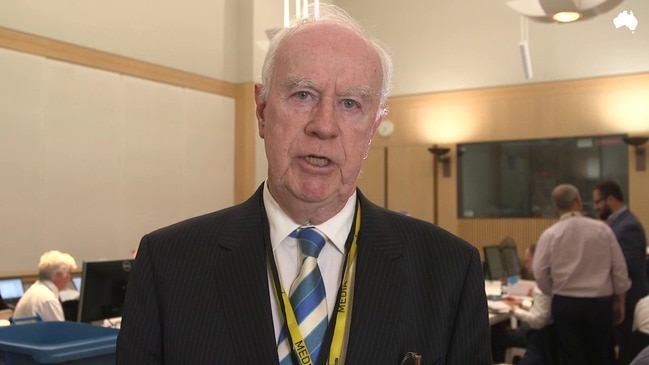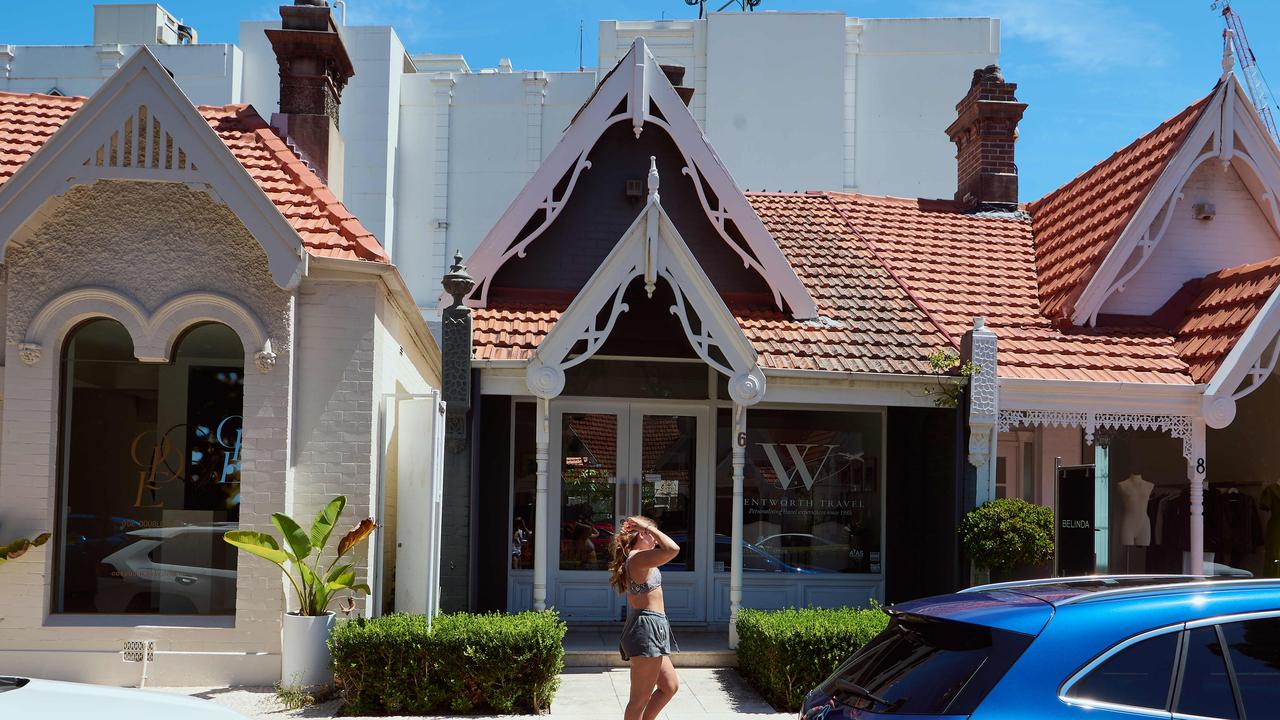
As expected, the budget returns to surplus in 2019-20 and remains in surplus for the entire forward estimates. The largest surplus occurs in 2021-22 — nearly $18 billion or 0.8 per cent of GDP — before falling back in the next year.
Bear this in mind, however: from 2020-21, the net earnings of the Future Fund are included in general government total receipts, which is providing a boost to the bottom line as recorded in the underlying cash balance of around $5bn each year. There is nothing dodgy about this, but its impact needs to be acknowledged.
There is still a negative cash surplus in this financial year of just over $4.2bn — there have been some unexpected payments associated with the drought and the new GST deal with the states and territories.
According to the fairytale 10-year forecasts, government net debt will be zero by 2029-30. But bear in mind it’s a bit like a kid who has just started school organising her 16th birthday.
The credibility of the budget is very much driven by the credibility of the economic forecasts and projections developed by Treasury. The expectation is economic growth for this financial year will come in at 2.25 per cent. This is a relatively soft outcome.
A pick-up is expected over the next two years, followed by 3 per cent growth in 2021-22 and 2022-23. But be aware the last two years of the economic parameters are based on GDP gap analysis, the assumption spare capacity is used up to achieve full GDP potential.
Mind you, there are some strange combinations in the outlook figures: unemployment remains at 5 per cent for the forward estimates but wage growth rises from just over 2 per cent to 3.5 per cent in the last two years That is, the state of the labour market doesn’t change but wages pick up. These forecasts are important because they underpin the expected growth of income tax revenue.

At an aggregate level, it looks like relatively plain sailing for the next four years. But there is a lot going on under the surface. Dwelling investment is forecast to decline by 7 per cent in 2019-20 and a further 4 per cent in 2020-21. A weakening of commodity prices is also expected, with the terms of trade forecast to fall by 5.25 per cent in 2019-20 and a further 4.75 per cent in 2020-21. The point is that other components of GDP are expected to grow relatively strongly in order for the relatively benign outcomes on GDP to eventuate.
The Treasurer is wont to brag about the government’s achievements in restraining the growth of spending and keeping a lid on tax collections. On both scores, he is over-egging this pudding. The ratio of government payments to GDP shifts from 24.6 per cent next financial year to 24.5 per cent in 2022-23 — hardly at all.
And the ratio of taxation receipts to GDP starts at 23.3 per cent at the beginning of the forward estimates and is 23.3 per cent at the end. Indeed, in 2021-22, tax-to-GDP is forecast to be 23.7 per cent, which is close to the government’s imposed cap of 23.9 per cent.
The one word that is impossible to include in any discussion of this year’s budget is reform. Short-term income tax relief is just that. It is not until 2022-23 that some structural changes to the income tax schedule come into operation, with the main changes not due until 2024-25.
Extending the instant asset write-off to include firms with turnover of up to $50 million and increasing the allowable expenditure on each item to $30,000 makes political sense and some economic sense in the context of a relatively soft economy. But again, it’s not possible to call this reform.
There are no substantial saving initiatives apart from just over $2bn from “changing the Social Security Income Assessment model”, which is about extending the Single Touch Payroll system to small firms. After that, there is nothing much, underlining the absence of reform in this budget. But expecting an election budget to outline serious reforms that involve winners and losers was always a bridge too far.




There are very few surprises in the budget. There’s pretty much something for everyone, which is hardly surprising given its timing just ahead of an election.